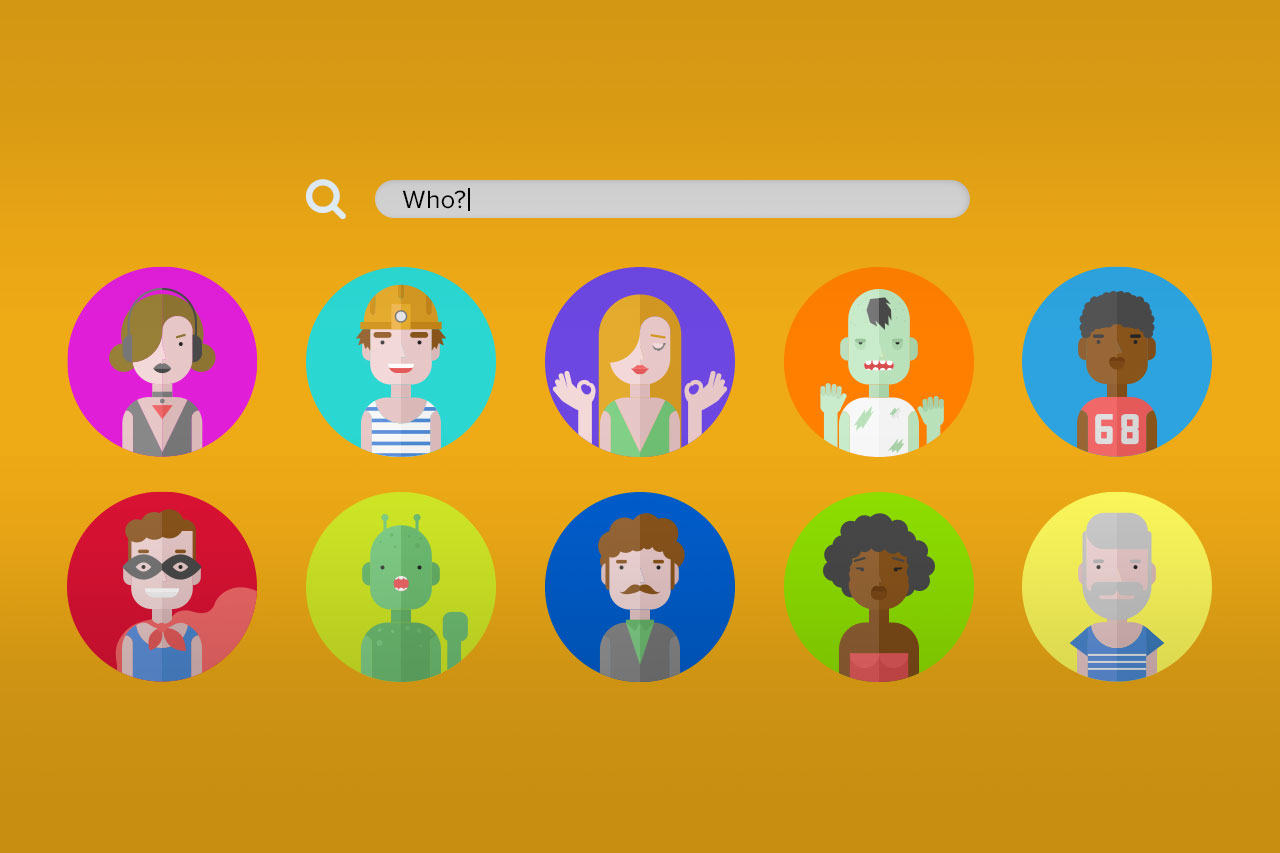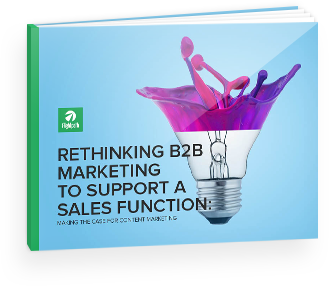If you think it’s time for a website redesign because you’re not getting enough quality leads, you’re probably right. But before hiring a branding company to redo your logo, consider this: you probably don’t know your buyer well enough to attract them in the first place. You may even be targeting the wrong audience.
Making your website look nicer isn’t going to bring in more leads or drive more conversions — bringing in a loyal audience will. It’s easy to get caught up in appearances, but before thinking about how your website looks, think about who you’re selling to.
It’s necessary to figure out not only who your potential buyers are, but also what they care about. What problems do they have (that you can potentially solve?) and where do they hang out?
Is your company’s site lacking a differentiating factor? Odds are, whatever issue you’re having, all of them lead back to personas. The most helpful thing you can do before redesigning your website is to start with persona research.
The first question to ask yourself when redesigning a website is “who is this website for?” Your answer shouldn’t be an aspirational one – it should tell exactly who your current buyers are. It could be that you’ve researched your buyer personas before, but you don’t know enough. Period.
It’s important to note your personas are constantly changing. If your website isn’t performing like you’d like it to, reworking your persona targeting is the place to start.
Knowing your audience
Let’s say you own a flower shop. Your ideal customers may consist of wedding planners and big businesses – people who put in large orders and spend lots of money. But in reality, your most common customers are one-bouquet-buyers on anniversaries and Valentine’s Day.
If your website homepage features deals on orders over $1,000 and flower arrangements for big events, you’re going to see a high bounce rate and will lose a lot of potential buyers. There’s an opportunity to create an ecommerce site to automate the order process and launch holiday campaigns when small orders are in demand. If you miss that opportunity because your focus is on big buyers, you’re missing out on a large portion of your potential revenue.
You need to get real about who your buyers are. Then everything you create should target that customer directly. It all boils down to knowing your audience.
Building a buyer persona
Researching your customers will eventually answer the question ‘who’s my website for?’ Send out surveys, make calls, read comments, conduct interviews, and start conversations. Getting to know your customers on a deeper level will help you understand their pain points and eventually, how your website can be developed to help solve their problems.
Get to know what kind of jobs and positions your customers hold. What are their interests and hobbies? Building buyer personas will take time, but it will be the framework for the strategy behind your website.
For a step-by-step guide on building buyer personas
Download our workbook
“How to Create a Purposeful Content Strategy.”
The multiple audience dilemma
It’s possible your company markets to multiple audiences. Say, for example, your website handles B2B and B2C transactions. How do you make your website target both audiences at once?
First, find your primary target. Your homepage should cater to that audience without causing any confusion for the secondary audience. Clear calls to action will make this possible.
If your primary target is the B2B audience, your website’s homepage should be designed around their needs. The calls to action are what prevent confusion for your B2C customers. Both B2B and B2C visitors will be able to easily navigate their way around your site if your home page has a single focus with clear calls to action. A website with one focus is significantly easier to understand than a website with multiple.
Who are you up against?
Researching competitors can help clarify what others are doing right that your company could improve upon. Does your primary competitor’s website provide a better user experience than your company’s site? Why is that experience better? Pointing out the differences will help inform your priorities when redesigning your website.
Beyond inspiring design strategies and functionality improvements, competitive research is necessary to find a significant area of distinction your company can promote.
Finding the whitespace
Does your company have an ownable space? Or are you in a crowded market with a lot of competition? When researching your competitors, determine what area each of your competitors owns. Then, you’ll be able to find the whitespace, or area of expertise your company can own.
If your competitors dominate in size or technique, your whitespace could be attention to detail. Find that differentiating factor and own it.
Mapping the customer journey
You’ve done your persona research and found your whitespace. Now that you have an ownable space, it’s time to figure out how to convey your message to the audience. You have an idea of who is visiting your site, but how are they doing it?
Using Google Analytics, map out common user flows on your website. What are the pages people are visiting most? Are those pages optimized for your sales cycle with clear calls to action?
Use this data to compose a series of user stories to demonstrate how a given user will be able to access and interact with your site. This will help you group and prioritize content and site functionality.
Industry differentiation and lead generation go back to persona research
After some thorough persona research, customer journey mapping, and discovering your whitespace, you should have a good idea of what your new website should accomplish. If you’re looking to bring in more leads, improve your conversion rate, or find your company’s differentiator, all goes back to your buyer personas.
Knowing so much about your customers allows you to design your website around their wants and needs, creating a personalized user experience for your buyer, and increasing the likelihood that they’ll convert. Now, get to designing that site!



